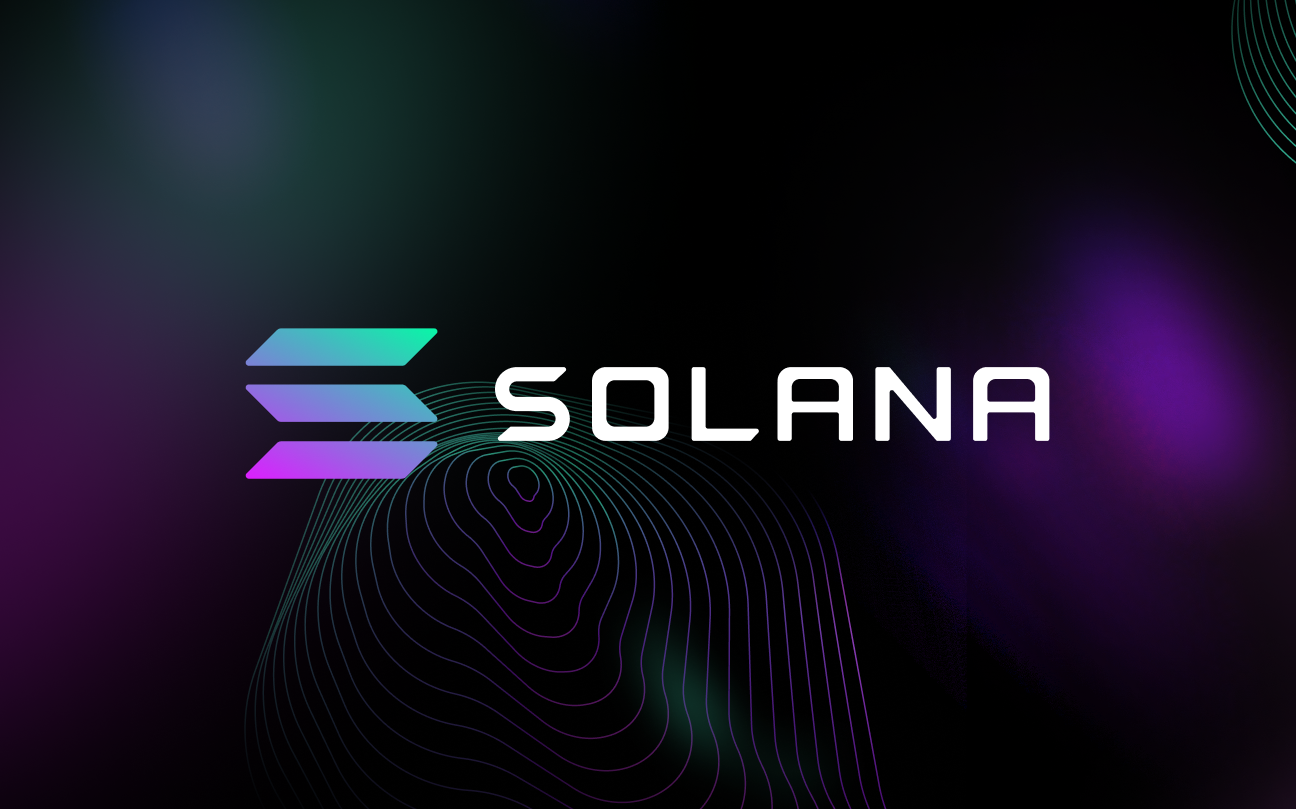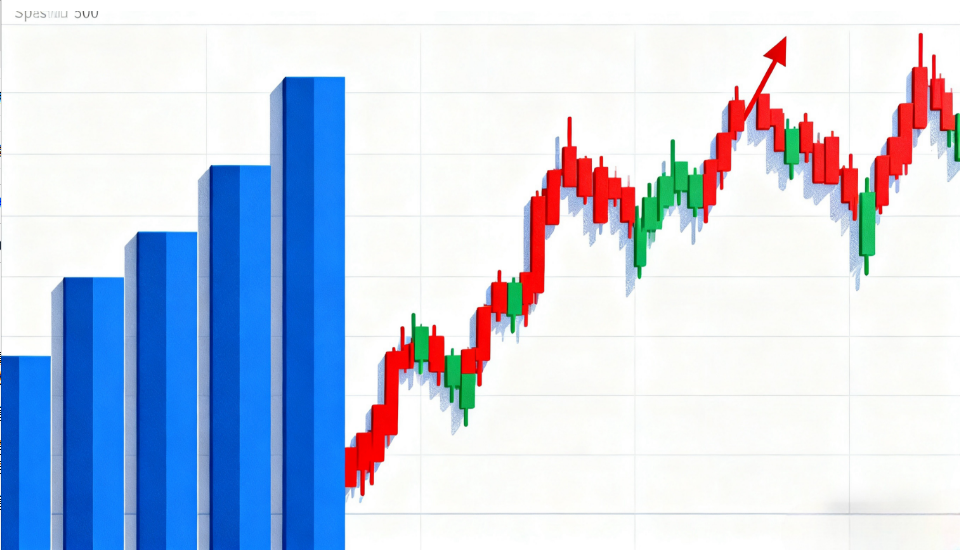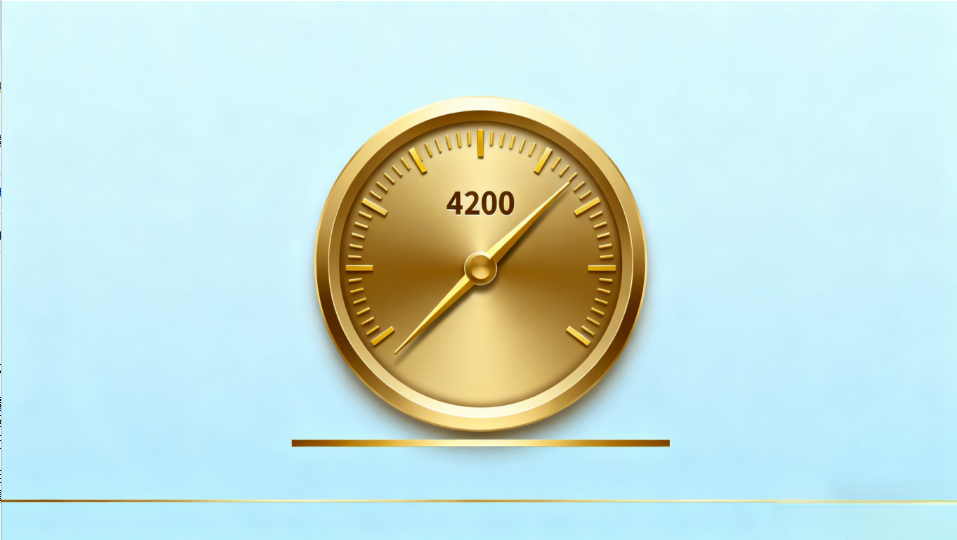
According to the latest data monitoring, the number of active addresses on the Solana blockchain network has fallen back to its lowest level in 12 months, marking a phase of adjustment following the period of user activity previously driven by the Meme coin frenzy. Statistics from The Block show that the current daily number of active addresses on the Solana chain is approximately 3.3 million, a decrease of over 60% compared to the peak of more than 9 million in January this year, indicating a significant cooling in market sentiment and on-chain interaction activity.
This decline in data is closely related to the overall trend of the cryptocurrency market recently, especially the receding tide of the Meme coin sector. In the first quarter of this year, Meme projects within the Solana ecosystem, represented by BONK and WIF, attracted a large number of short-term speculators and on-chain interactive users, driving network activity to repeatedly hit new highs. However, as market hotspots rotated and speculative sentiment weakened, user participation naturally declined, reflecting the volatile nature of Meme-driven growth.
Despite the pullback in on-chain activity, the Solana network has not slowed its pace in infrastructure construction and ecological development. Progress in several key areas continues to advance its long-term development path. In decentralized finance (DeFi), although the Total Value Locked (TVL) experienced a market correction, it currently remains at around $10 billion, showing a degree of capital stickiness. Among them, Jupiter, as a leading decentralized exchange aggregator, continues to rank at the forefront of transaction volume in the Solana ecosystem due to its efficient liquidity integration and route optimization. Meanwhile, the liquid staking protocol Jito and the yield optimization platform Kamino have also become indispensable core components of the ecosystem through innovative economic models and user experience optimization.
Beyond the deep cultivation in the DeFi field, several promising new directions are taking shape within the Solana ecosystem. A number of emerging decentralized exchanges (DEXs) are striving to provide lower transaction slippage and more capital-efficient trading mechanisms. Prediction market applications are also beginning to deploy on Solana, attempting to leverage its high throughput and low fees to explore the decentralized prediction track. More notably, the exploration of Real World Asset (RWA) protocols on Solana is gradually deepening. These attempts to bring physical assets onto the chain through tokenization are expected to introduce more stable asset types and broader use cases for the network.
In the long run, the health of a blockchain network cannot be judged solely by the single metric of active address count. Although fluctuations in user activity are often closely tied to market sentiment, the completeness of the underlying infrastructure, the vitality of the developer community, and the diversity of ecological applications are the key factors determining the network's long-term value. What Solana is currently experiencing might be seen as a natural process of an ecosystem maturing from frenzy – after the speculative bubble gradually subsides, projects with genuine practical value and innovation potential are expected to stand out, laying the foundation for the next phase of stable growth.
In the current market environment, builders within the Solana ecosystem seem to be shifting their focus from short-term hotspots to long-term value construction. Although this shift may lead to a temporary decline in active data, it might also set the stage for a more sustainable development path in the future.















